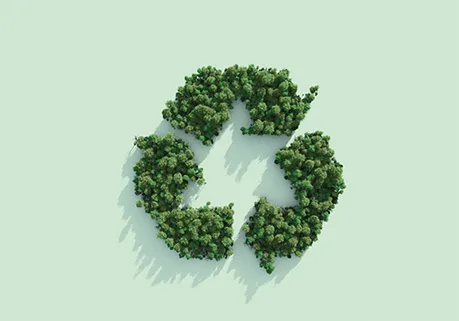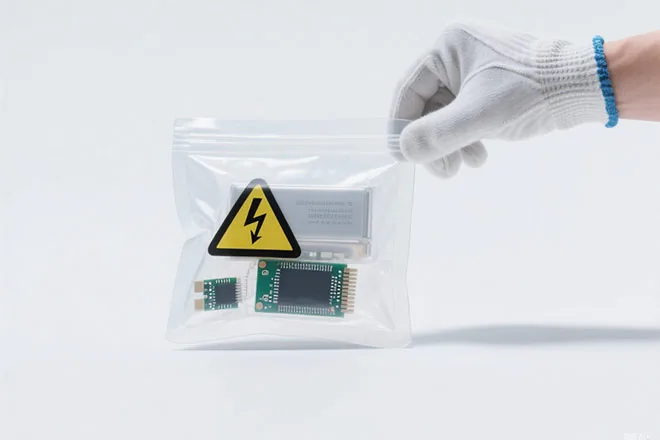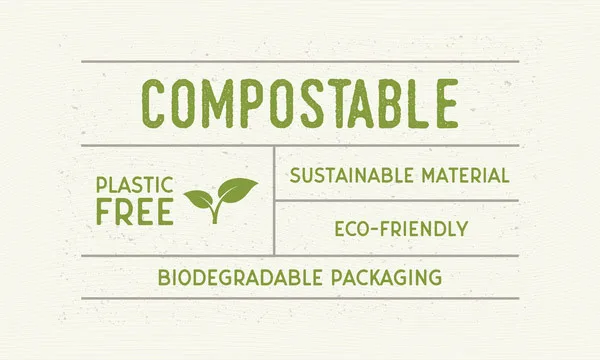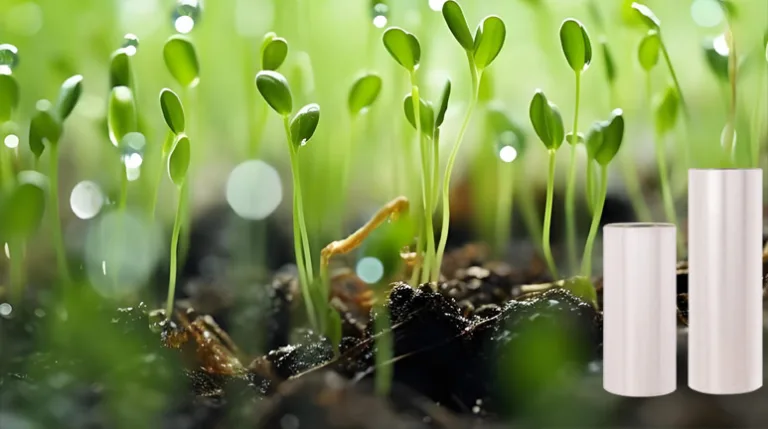Sustainable Packaging Materials: PLA, PBAT, PHA, and Cellulose Film
Introduction Sustainable packaging minimizes environmental impact throughout a product’s lifecycle—from production to disposal. It goes beyond “eco-friendly materials,” covering design, material selection, manufacturing, usage, and end-of-life management. The 4R principle—Reduce, Reuse, Recycle, and Recover/Compostable—is often referenced to guide packaging decisions. It is not mandatory, but helps businesses choose the right…




